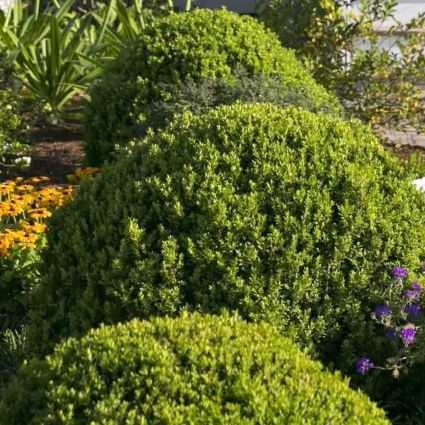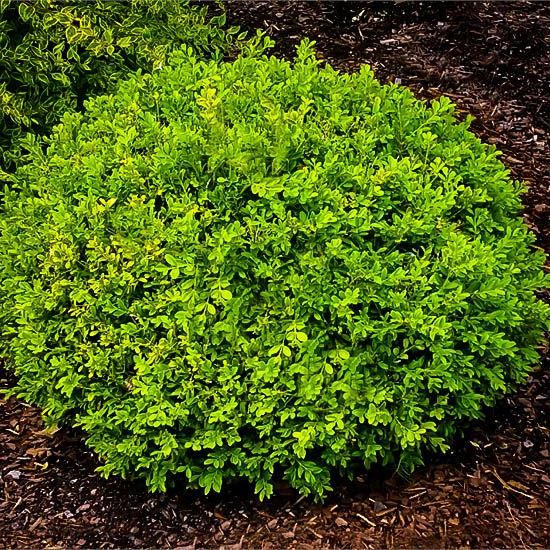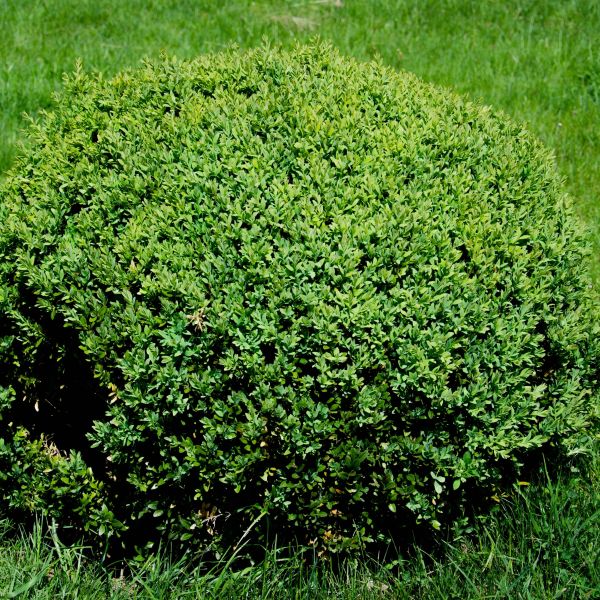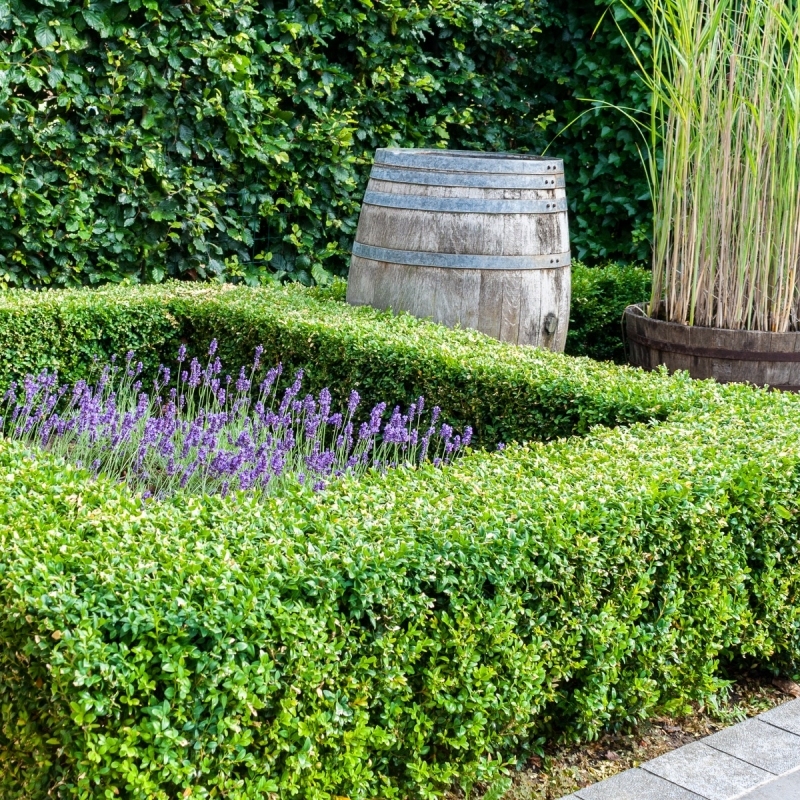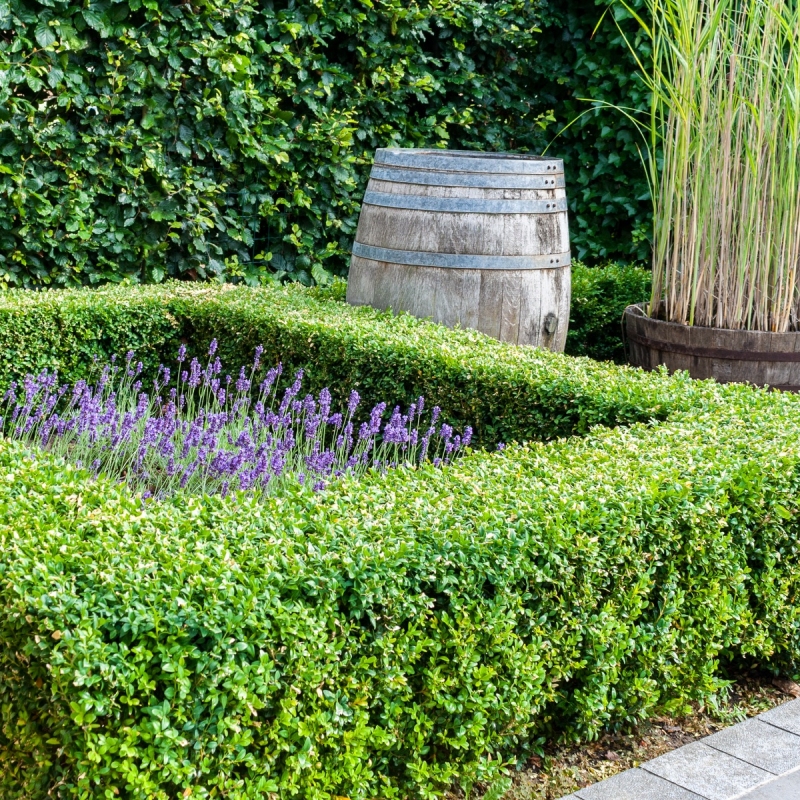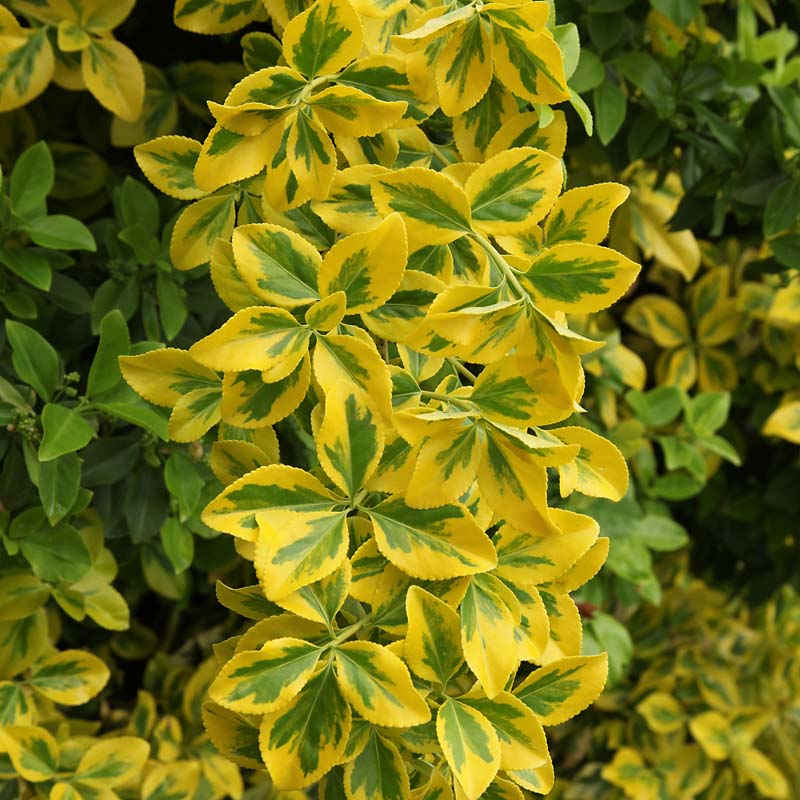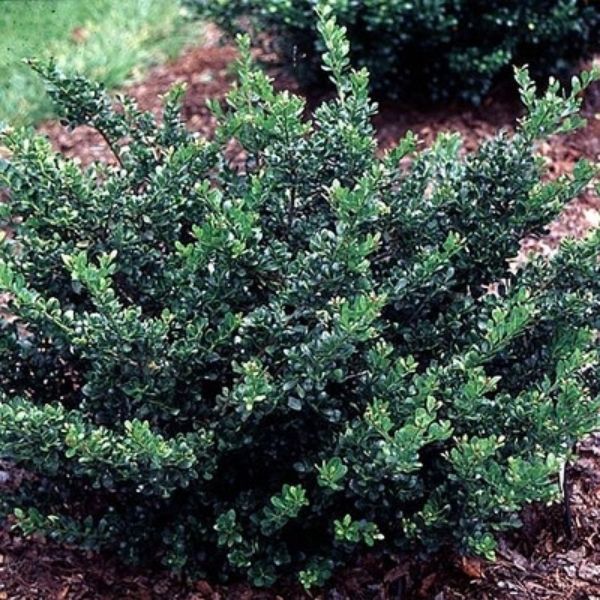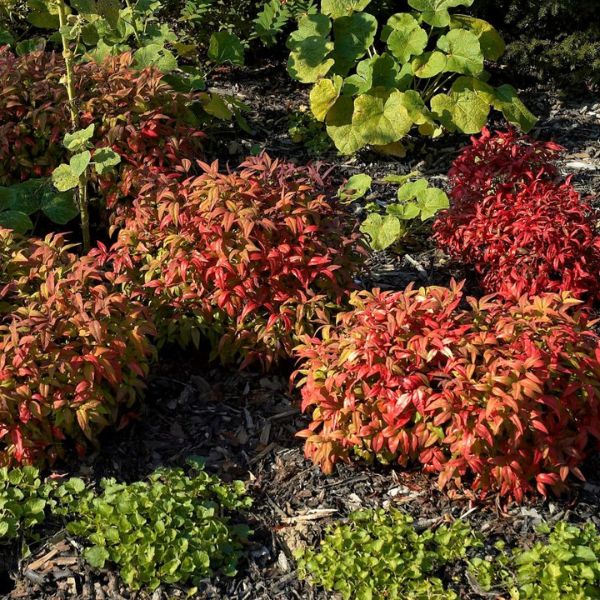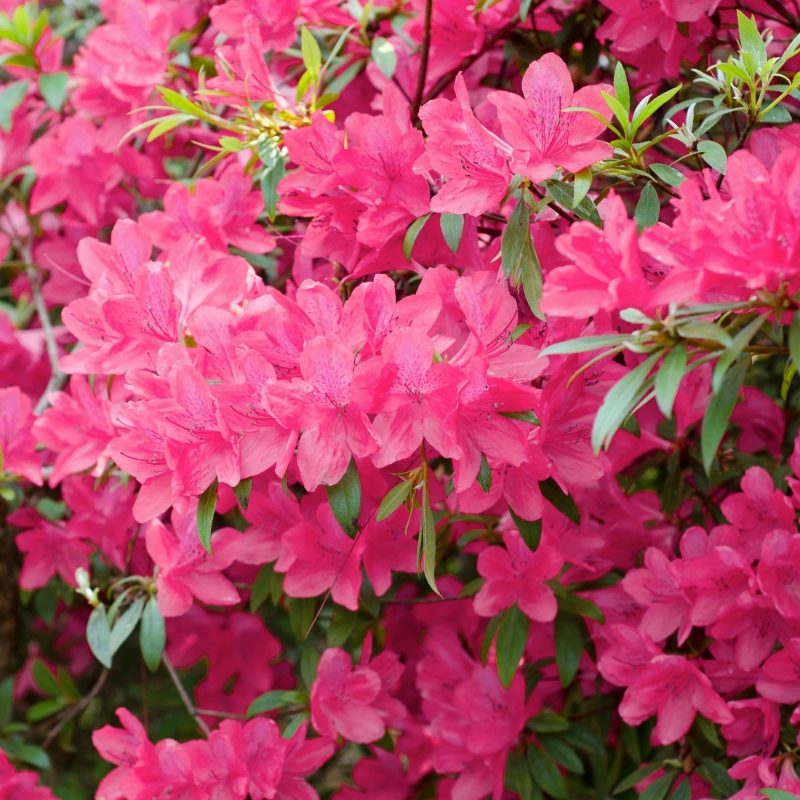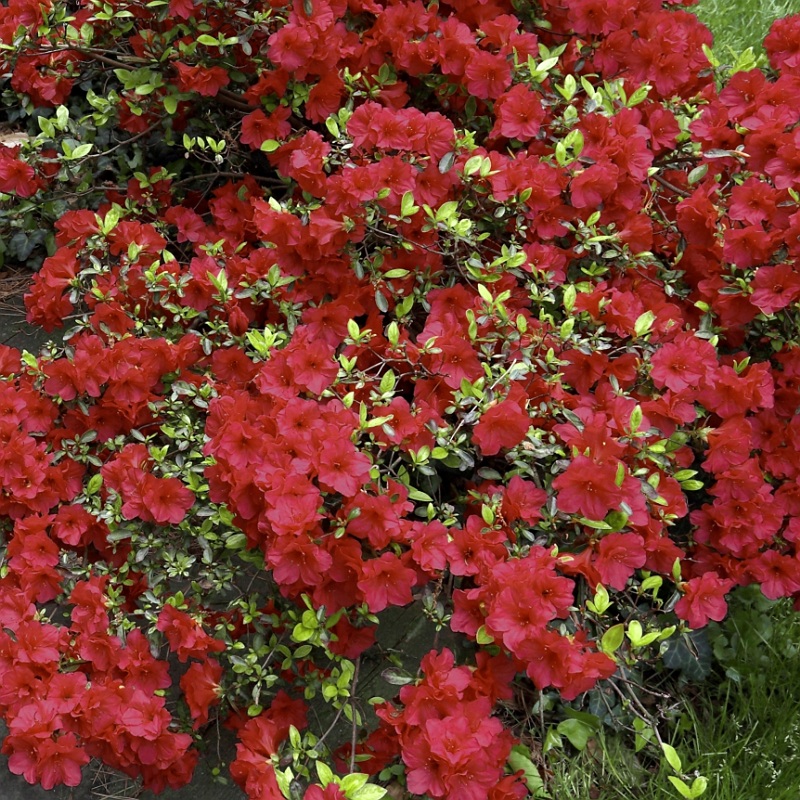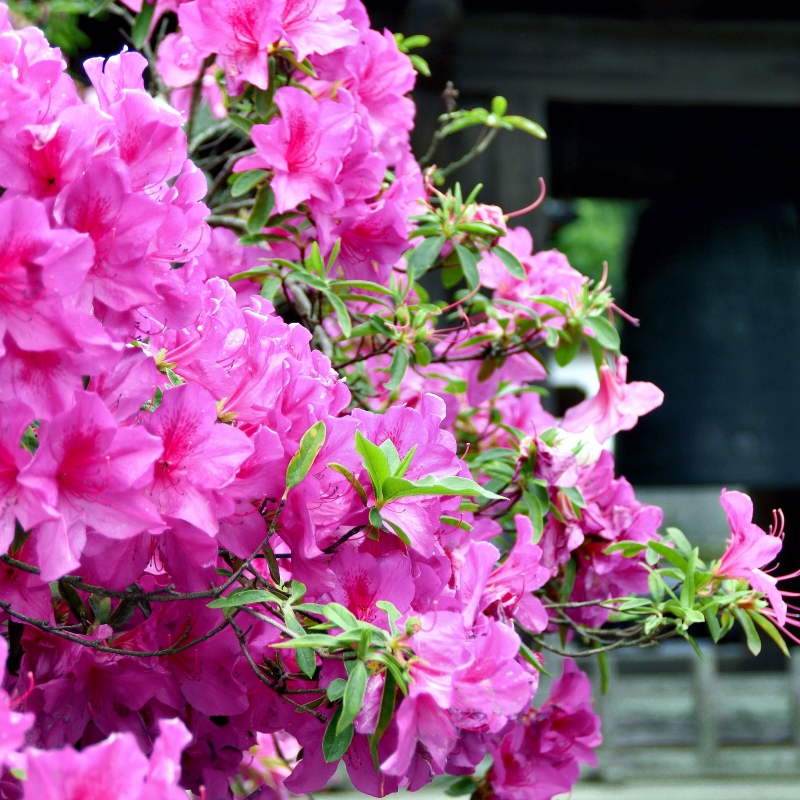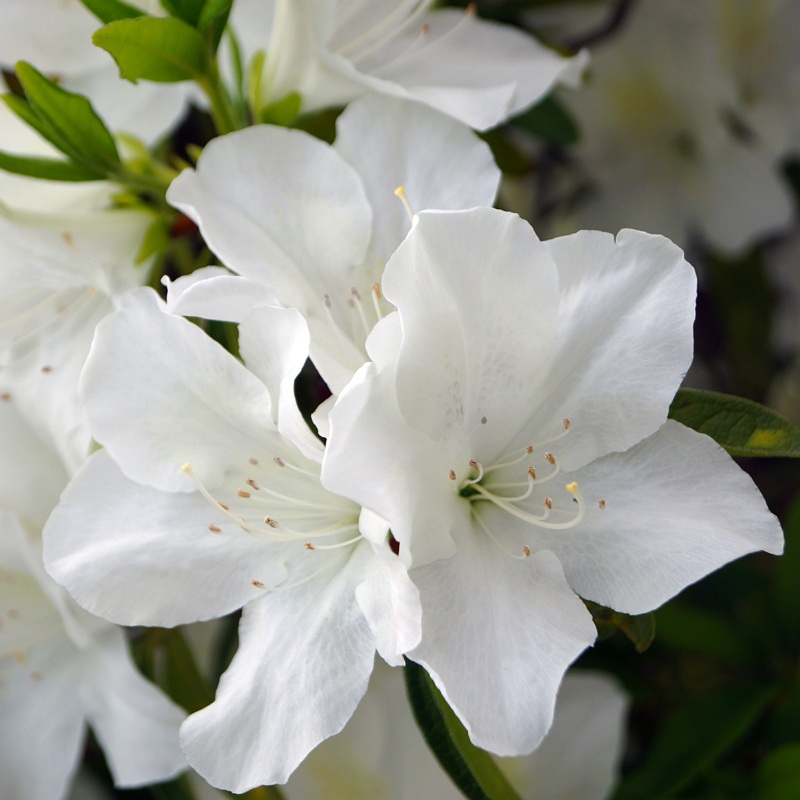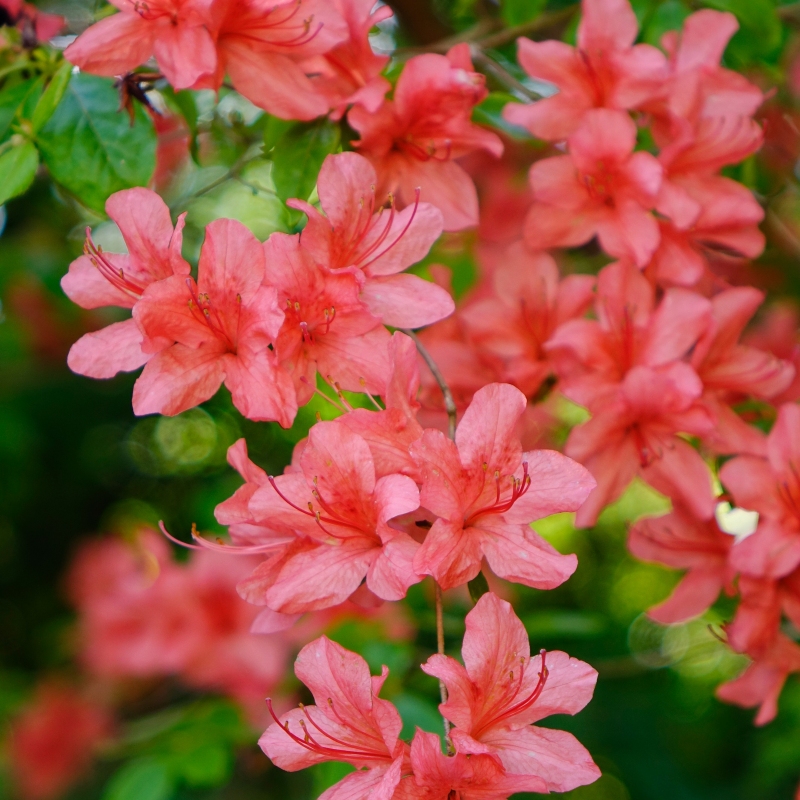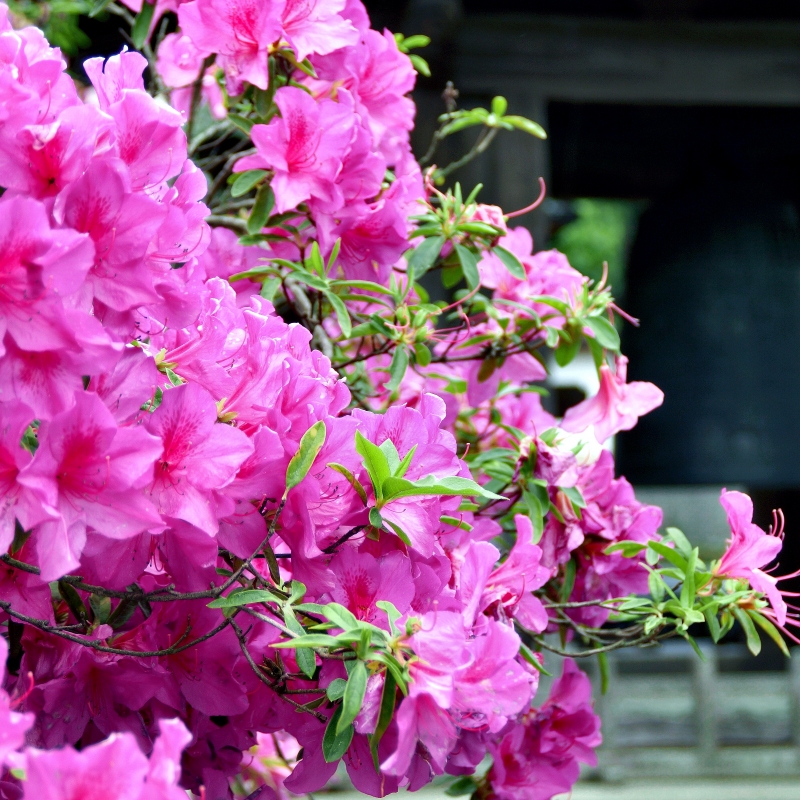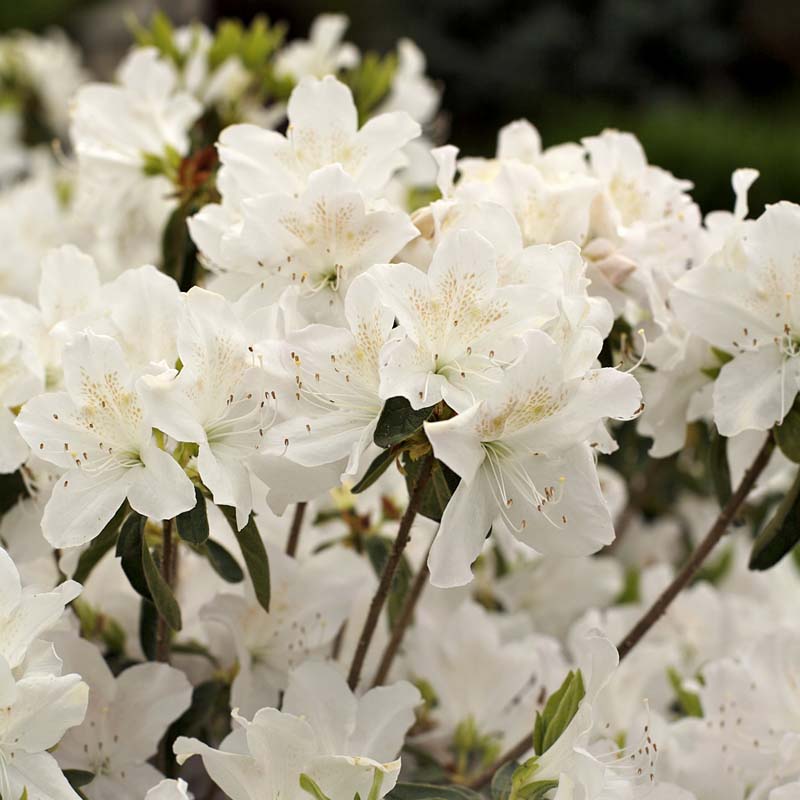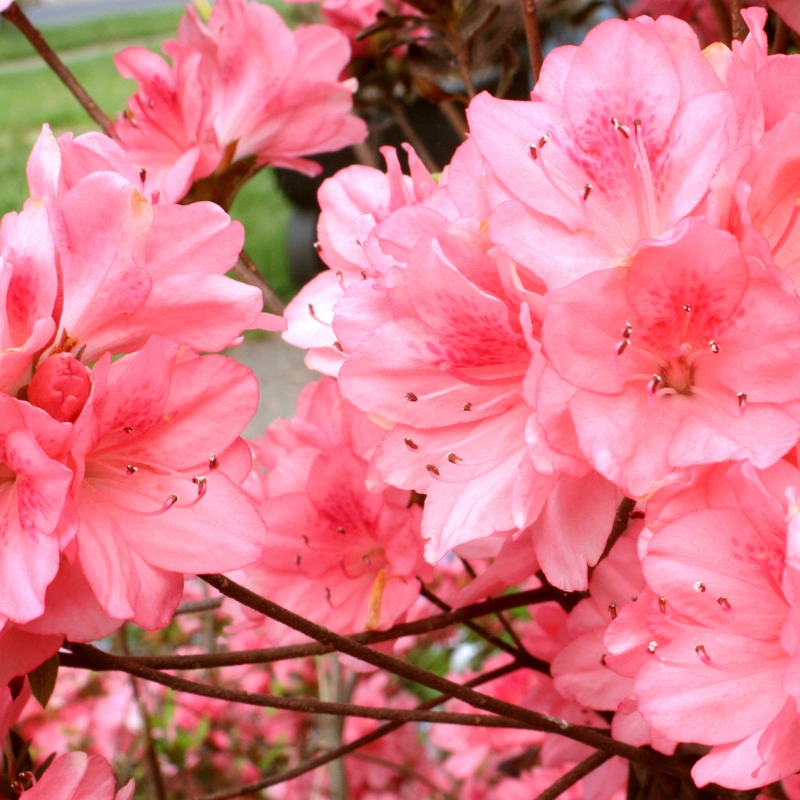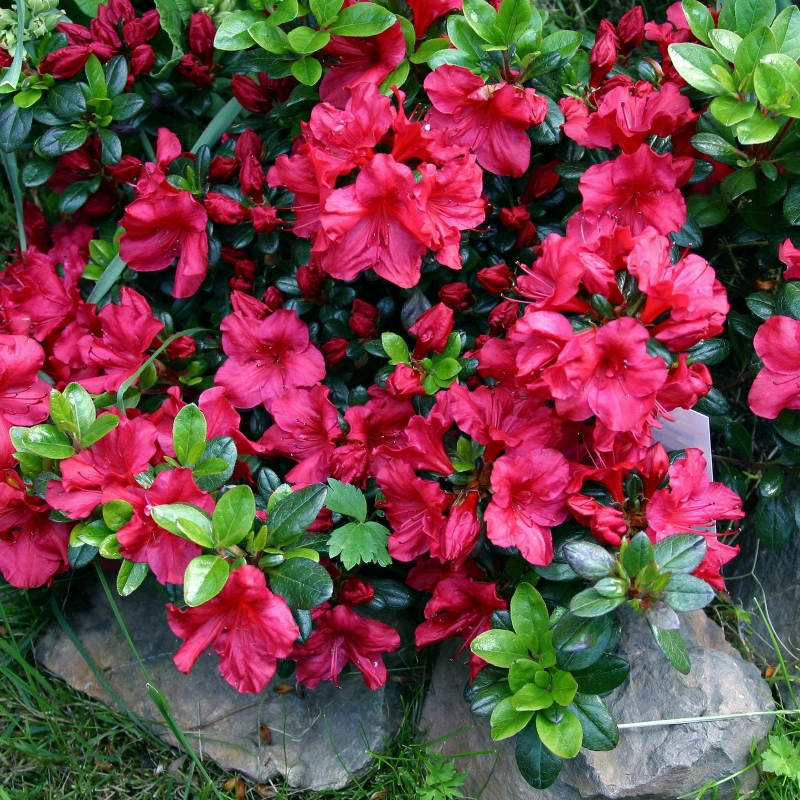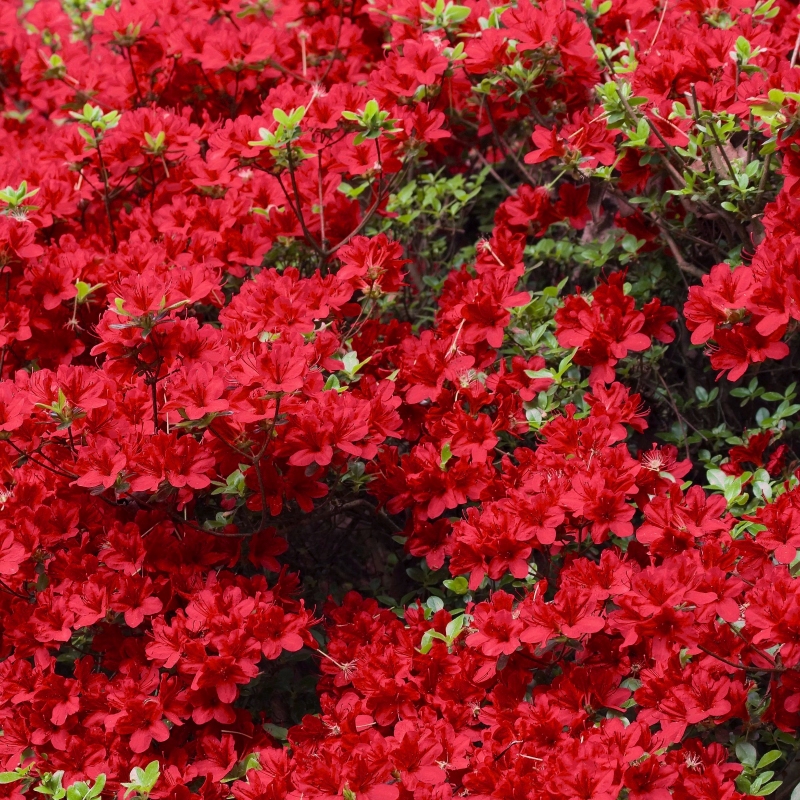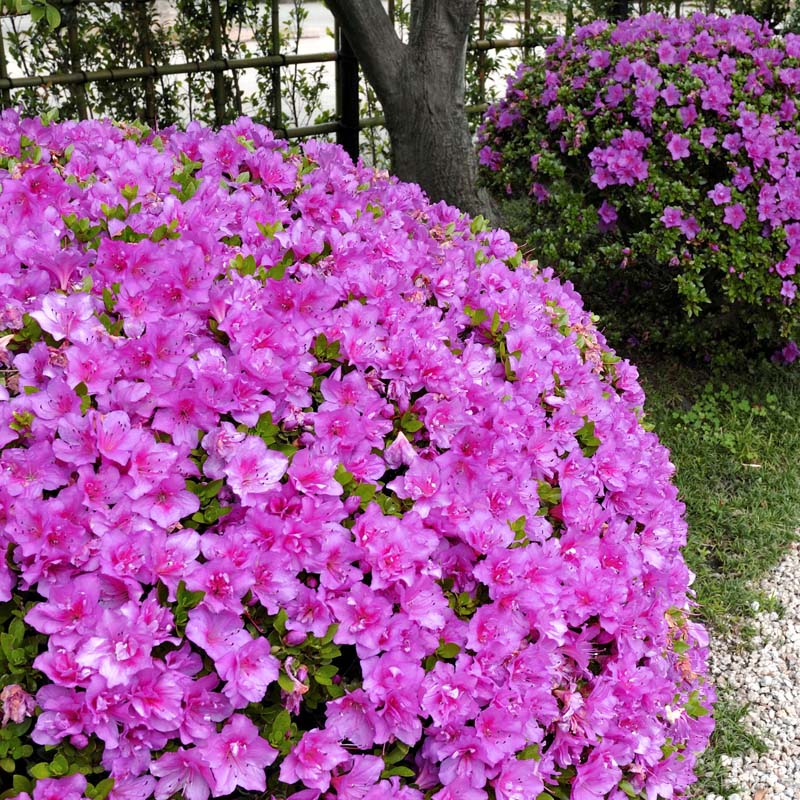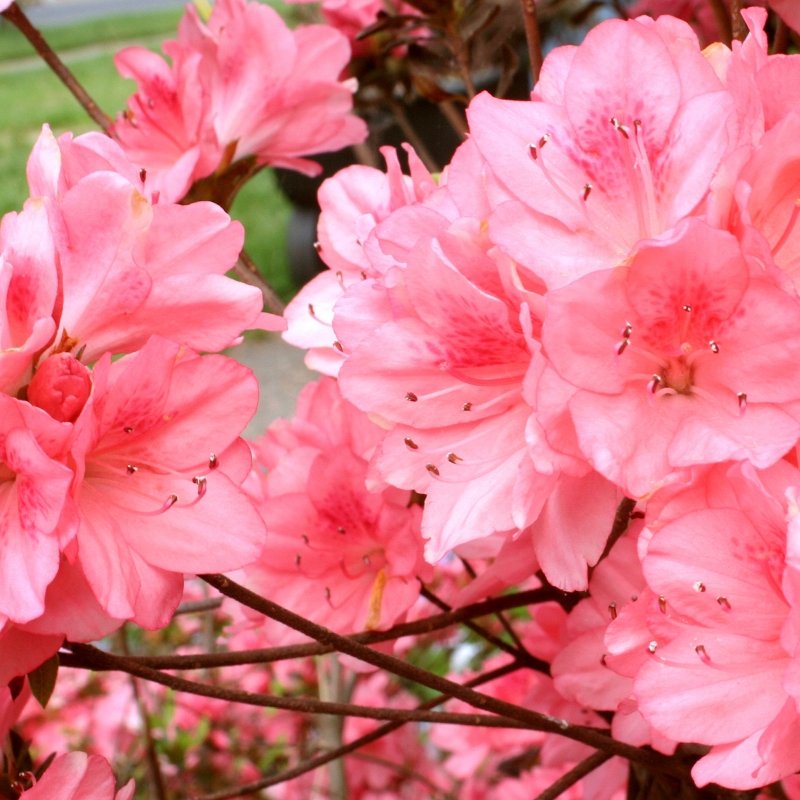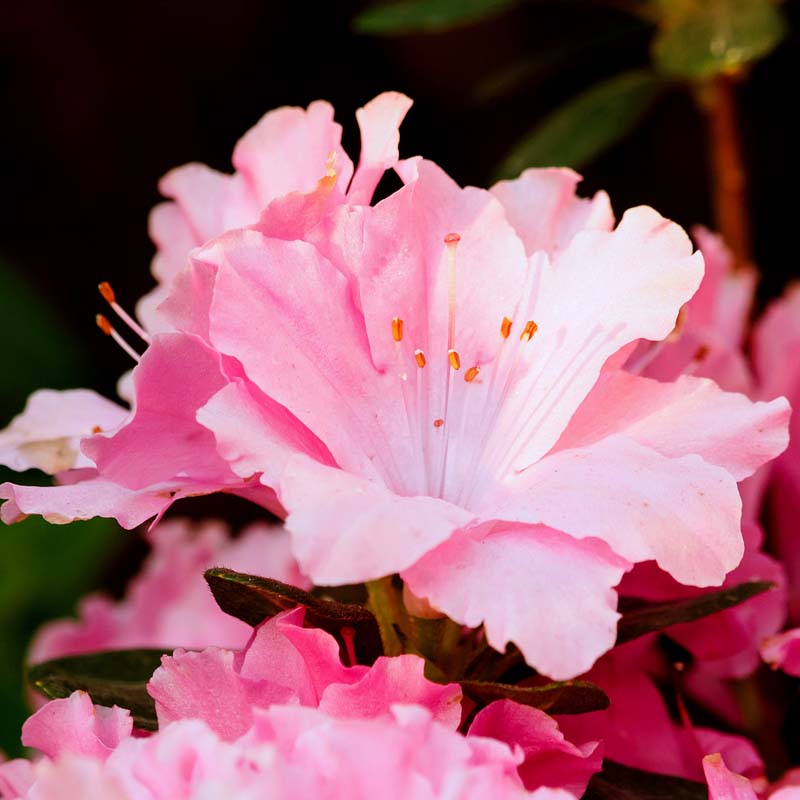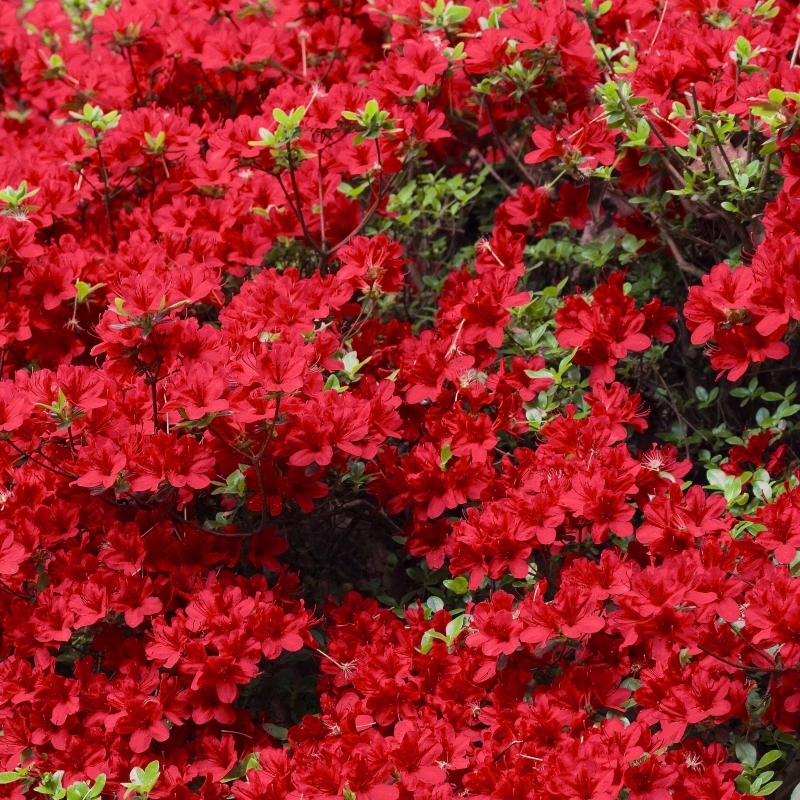

Baby Gem Boxwood
Buxus microphylla japonica 'Gregem'
17 reviews


Baby Gem Boxwood
Buxus microphylla japonica 'Gregem'
17 reviews
- Dense, compact growth habit
- Beautiful, emerald green foliage
- Low maintenance and easy to care for
- Ships to 43215 in 7-10 Days
- Free Shipping Over $150
- Plant Arrival Guarantee
- In Stock
- Free Plant Consult
$200
$103.00
$148.00
30% Off
- 2.5 Gallon
- 1 Gallon
- 1.5 Gallon
We are sorry, product is currently out of stock due to seasonal availability. Please check the "Related plants available in your area" section below
Why Baby Gem Boxwood?
Baby Gem Boxwood is a popular evergreen shrub known for its compact growth habit, glossy foliage, and low-maintenance nature. As a dwarf variety of boxwood, it grows slowly and remains small, making it a great choice for small gardens, container planting, and hedges. Its dense growth and small leaves make it an ideal plant for topiary, while its tolerance of trimming and pruning allows for easy maintenance. Additionally, it is resistant to common boxwood diseases and pests.
Related plants available in your area
Sunlight
Baby Gem Boxwood requires full to partial sunlight, with at least 4-6 hours of direct sunlight each day. It can tolerate shade but prefers more sunlight for optimal growth and health.
Watering
Baby Gem Boxwood has moderate watering requirements. It prefers moist but well-drained soil. Water deeply, providing enough moisture to penetrate the root zone, and then allow the soil to dry out slightly before watering again.
Fertilizing
Baby Gem Boxwood requires a balanced fertilizer with a ratio of nitrogen (N), phosphorus (P), and potassium (K) such as a 10-10-10 or 14-14-14. It should be applied twice a year, in early spring and early fall.
The Baby Gem Boxwood, is a gorgeous and adaptable shrub that will surely give your landscape a touch of class and sophistication. Here is all the information you need to know about this stunning plant:
Baby Gem Boxwood does best in USDA Hardiness Zones 5-9. It thrives in temperate regions. It can survive a range of temperatures and likes partial to full sun exposure. This shrub prefers soil that is between pH 6.0 and 7.0, well-draining, and wet. A variety of soil types, including clay, loam, and sandy soils, are acceptable to it.
The Baby Gem Boxwood has a stunning and distinctive appearance. Small and compact, its glossy, dark-green foliage lends an air of elegance and sophistication to any scene. Because the foliage is evergreen, it offers year-round beauty and interest. The size and shape of this magnificent plant are simple to manage because of its moderate pace of growth.
The uses for this shrub are quite diverse. It is a wonderful choice for hedges and screens and can be used as a specimen plant, bulk planting, or border plant. Baby Gem Boxwood is a fantastic option for topiary and hedging since it can be easily pruned into a variety of forms and sizes. Additionally, any garden will benefit from its interesting and attractive appearance, which is one of a kind. Normally, Baby Gem Boxwood reaches heights of 3 to 4 feet and widths of 3 to 4 feet. It can be clipped to keep its shape and size because it grows slowly.
The Baby Gem Boxwood is a gorgeous and adaptable shrub that will wow. It's a plant that will definitely bring beauty and interest to your garden thanks to its glossy, dark green leaves, diversity in landscape utilization, and adaptability to a variety of growing situations. Why then wait? For years to come, enjoy the beauty and utility that Baby Gem Boxwood gives to your environment by adding it to it today.
Plant Information:
| Botanical Name: | Buxus microphylla japonica 'Gregem' |
| USDA Zones: | 5-9 |
| Water: | Moderate |
| Exposure: | Full Sun |
| Soil Needs: | Well Drained |
| Mature Height: | 3 feet |
| Mature Spread: | 3 feet |






Pollination Info
Pollination Information for Baby Gem Boxwood (Buxus microphylla japonica 'Gregem')
Baby Gem Boxwood is a type of evergreen shrub that is widely used in landscaping and gardening. It is a popular choice for hedges, topiaries, and other decorative purposes due to its compact size and lush foliage. As with most plants, Baby Gem Boxwood relies on pollination to reproduce and produce fruit or seeds. Here is some important information about pollination for Baby Gem Boxwood:
Pollination Requirements
Baby Gem Boxwood is a dioecious plant, which means that it has separate male and female plants. In order for the female plants to produce fruit, they need to be pollinated by male plants. This means that you need to have both male and female plants in your garden to ensure pollination and fruit production.
Pollination Methods
Baby Gem Boxwood is primarily pollinated by wind, which means that the wind carries the pollen from the male plants to the female plants. However, bees and other pollinators may also play a role in the pollination process. To attract bees and other pollinators to your garden, you can plant other flowering plants nearby, provide a source of water, and avoid using pesticides and other harmful chemicals.
Pollination Timing
The best time to pollinate Baby Gem Boxwood is in the spring, when the plants are in bloom. Male plants produce small yellow flowers that are located near the base of the leaves. Female plants produce inconspicuous flowers that are located in the leaf axils. If you notice that your female plants are not producing fruit, it may be because they are not receiving enough pollen from the male plants.
Care and Maintenance
To ensure the best possible pollination and fruit production, it is important to care for your Baby Gem Boxwood plants properly. This includes regular watering, fertilization, pruning, and pest control. It is also a good idea to keep your garden clean and free of debris, as this can attract pests and disease.
FAQ
Frequently Asked Questions: Baby Gem Boxwood (Buxus microphylla japonica 'Gregem')
1. What is a Baby Gem Boxwood?
Baby Gem Boxwood is a type of evergreen shrub that is commonly used for landscaping. Buxus microphylla japonica 'Gregem' is a cultivar of Baby Gem Boxwood that is known for its small, compact size and deep green foliage.
2. What are the growing requirements for Baby Gem Boxwood?
Baby Gem Boxwood prefers well-drained soil and partial to full sun exposure. It is also important to keep the soil evenly moist, especially during periods of drought.
3. How big does Baby Gem Boxwood grow?
Baby Gem Boxwood typically grows to a height of 3 to 4 feet and a width of 3 to 4 feet, making it an ideal choice for small gardens or as a low hedge.
4. How do I care for Baby Gem Boxwood?
Regular pruning and fertilization are the keys to keeping Baby Gem Boxwood healthy and looking its best. Prune once a year in the late winter or early spring to maintain its shape, and fertilize with a slow-release fertilizer in the spring and fall.
5. What are some common problems with Baby Gem Boxwood?
Baby Gem Boxwood is prone to a few pests and diseases, including boxwood leaf miner, boxwood mites, and root rot. Regular inspection and treatment can help prevent these issues.
6. Can Baby Gem Boxwood be used in containers?
Yes, Baby Gem Boxwood can be grown in containers as long as the container is large enough and has good drainage. Make sure to water regularly and fertilize as needed.
7. Is Baby Gem Boxwood deer-resistant?
Yes, Baby Gem Boxwood is generally considered to be deer-resistant. However, hungry deer may still browse on the foliage if other food sources are scarce.
Planting & Care
Planting & Care for Baby Gem Boxwood
Planting
- Choose a location with well-drained soil and filtered light, avoiding full sun or deep shade.
- Dig a hole twice as wide and deep as the plant's root ball.
- Mix compost or peat moss with the soil to improve drainage and nutrient uptake.
- Place the plant in the hole, ensuring the top of the root ball is level with the soil surface.
- Backfill with soil and gently firm down to avoid air pockets.
- Water thoroughly to help the plant establish roots.
Care
- Water deeply once a week, or when the soil feels dry to the touch.
- Apply 2-3 inches of organic mulch around the base of the plant to retain moisture and suppress weeds.
- Fertilize in early spring and mid-summer using a balanced, slow-release fertilizer.
- Prune lightly in early spring to shape and maintain the desired size. Avoid pruning in late summer or fall, as new growth may not have time to harden off before winter.
- Inspect for pests such as boxwood leaf miners and spider mites, and treat with appropriate insecticides as needed.
- Monitor for signs of disease such as boxwood blight, and promptly remove infected leaves or plants to prevent spread.
Check Out These Verified Customer Reviews:
Customer Reviews
4.7 out of 5 based on 17 reviews
Thank you! Your review has been submitted.
Fantastic customer service.
Beautiful, lush foliage.
Excellent quality boxwood.
Item has been added to your cart.



